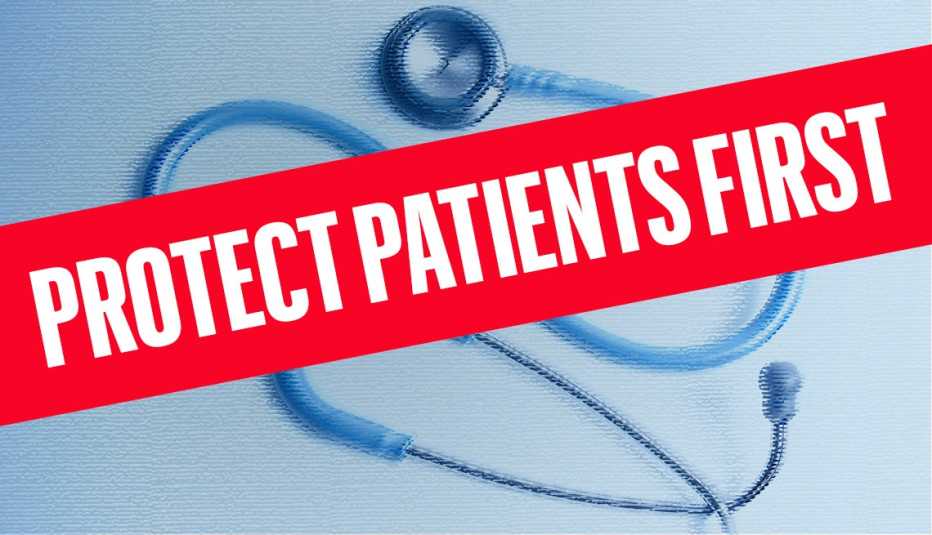Staying Fit


For Laurie Merges-Jett, Medicaid has literally been a lifesaver.
In 2015, two months after she lost her job and health insurance when her company downsized, the Lakewood, Ohio, mother of three was diagnosed with stage 3 breast cancer. Because her state had decided to expand Medicaid under the provisions of the Affordable Care Act, Merges-Jett was able to afford the 16 rounds of chemotherapy she needed to save her life.
Medicaid allowed Merges-Jett to “stay alive and be a mother to my children,” she said at a Protect Patients First forum in Cleveland this month sponsored by AARP and several major health care organizations.


AARP Membership— $12 for your first year when you sign up for Automatic Renewal
Get instant access to members-only products and hundreds of discounts, a free second membership, and a subscription to AARP the Magazine.
For more than five decades, Medicaid has provided such critical health care coverage for millions of America’s most vulnerable. The American Health Care Act, passed by the House of Representatives in May, would slash funding for this safety net program by more than $800 billion over 10 years.
The Senate has followed suit, releasing a bill on June 22 that also would put Medicaid on the chopping block. The nonpartisan Congressional Budget Office (CBO) analysis found that the Senate measure — the Better Care Reconciliation Act — would cut Medicaid by $772 billion over 10 years, and that 15 million fewer people would be enrolled in Medicaid by 2026. In addition, the CBO reported yesterday that if the bill becomes law there would be even harsher cuts in the second decade.
"Medicaid would experience even more drastic cuts in the second 10-year period, with reductions of over one third of the program, or 35 percent," said AARP Executive Vice President Nancy LeaMond.
The House and Senate bills would also fundamentally change the federal-state partnership that over the years has maintained a balance between a federal guarantee to help states fund basic Medicaid services and the ability of state leaders to tailor Medicaid coverage to the needs of their populations.
The Affordable Care Act (ACA) gave states the option to expand Medicaid to cover many poor and low-income adults who had not been eligible for the program before. As an incentive for states to expand, the law fully funded the expansion through 2016, gradually scaling back the federal match to 90 percent by 2020.
The District of Columbia and 31 states expanded Medicaid. In one of them, Arizona, health experts estimate that hundreds of thousands of Arizonans would lose coverage if the expansion were rolled back as envisioned in both the House and Senate bills.
Real-world impacts
In Maricopa County alone — Arizona’s largest county, which includes Phoenix — about 200,000 people would be dropped from Medicaid by 2023, according to Stephen Purves, CEO and president of the Maricopa Integrated Health System.
Purves said coverage losses would have real-world, tangible impacts. For example, someone dropped from Medicaid who stopped taking diabetes medicine “could go into a diabetic coma, go to the emergency room and then intensive care, and rack up thousands of dollars in costs that could have been prevented by taking a $50 medication,” he said.
Rolling back Medicaid eligibility has already had an impact in one state. In 2005, Tennessee cut back its Medicaid-eligible population, eventually dropping 170,000 low-income beneficiaries from the program.

































































More From AARP
AARP and 7 Major Groups Urge the Senate to 'Protect Patients First'
The patient, provider and consumer organizations launch a 4-city tour this week